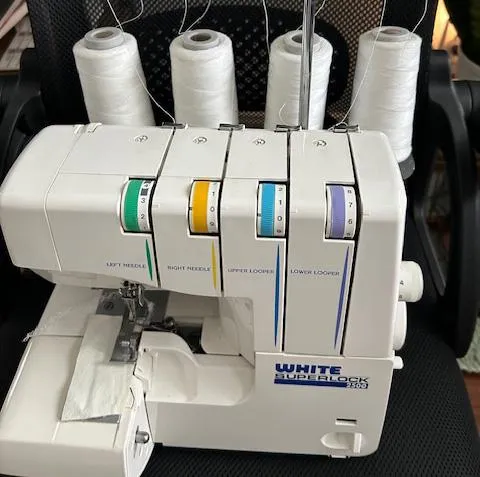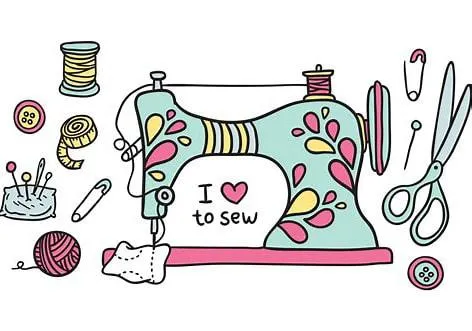
Sewing Made Better
🧵Unleash Your Sewing Superpowers! 🪡
✂️ Embrace Detail. Impress with Every Stitch! ✂️


Welcome to the haven where every stitch tells a story, and every needlework is a masterpiece waiting to unfold. If you believe that sewing is not just about joining fabrics but an art form that showcases your attention to detail and creativity, then you've found your tribe! Here's the secret:
"Details make sewing more impressive." And we're here to help you embrace those details. Picture this: You're holding a garment that captures eyes and hearts, not just because of its style but because every tiny stitch speaks volumes of precision, care, and passion. That's what sets your work apart. It's in the flawless seams, and the finishes that makes your work transcend from ordinary to extraordinary.
Our platform offers: Expert tips on how to enhance your stitching finesse. Coming soon there will be tutorials that delve deep into the intricacies of impeccable sewing. A community of like-minded artisans who appreciate the finer details as much as you do. Whether you’re a seasoned tailor with years under your belt or a budding seamster eager to learn, our resources are tailored (pun intended!) to elevate your craft.
Let’s take this journey together where every loop, hem, and buttonhole is a step towards awe-inspiring creations. Don't let your skills be overshadowed by overlooked details. Join us now and transform each thread into a statement of perfection. Because when it comes to sewing – it’s the little things that make all the difference!
I have been sewing for 70+years; Wedding dresses, suits, blouses, pants, bedspreads, comforters, drapes, and much more. I still learn things every day.
There are several types of edge finishes in sewing that can give your project a clean, professional look. Here are a few:
Zigzag Stitch: This is a common edge finish that uses a zigzag stitch to prevent the fabric from fraying.
Overcast Stitch: Similar to a zigzag stitch, an overcast stitch is used to sew over the edge of the fabric to prevent fraying.
Bias Binding: This involves sewing a strip of bias-cut fabric around the edge of your project.
French Seam: This is a type of seam that encloses the raw edges of the fabric within the seam itself.
Serger or Overlocker: This machine trims and finishes the edges at the same time, creating a professional finish.
Turned and Stitched: This is where the raw edge is turned under and then stitched down.
Remember, the type of finish you choose will depend on your fabric, the type of garment, and the look you want to achieve.
Creativity: is the heart of any art, and sewing is no exception. Let's infuse creativity! One way to do this is by experimenting with different fabrics and textures. The key to a great finish is patience and precision. Mixing and matching different materials can result in unique and interesting pieces. Every mistake is a learning opportunity that can lead to even greater creativity.
Finished seams add a professional touch to your sewing projects. This technique involves creating a clean, enclosed seam that not only looks polished but also prevents the fabric from fraying. Take your time to ensure that your fold is even and your stitching is neat. There are countess sewing techniques that can elevate your work and add a unique touch to your creations. Here are a few you might consider:
Read the pattern back for suggestions on fabric and notions. Iron the fabric sew it is nice and flat.
Pre-Wash: Some fabrics shrink when washed. To avoid your finished item from becoming misshapen, it's a good idea to pre-wash your fabric before you start sewing. Iron: Fabric nice and flat.
Grainline: Make sure to align your pattern pieces along the grainline of the fabric. This will help your finished piece hang correctly.
Sharp Tools: Make sure your scissors or rotary cutter are sharp. This will ensure clean cuts.
Pinning: Use plenty of pins to keep your fabric and pattern pieces in place. This will help you achieve accurate seams and a better fit.
Thread Tension: Make sure your thread tension is correctly adjusted for the type of fabric you're using. This will ensure a neat and even stitch.
Differential Feed: Adjust the differential feed if you're working with stretchy or slippery fabrics to prevent puckering or stretching.